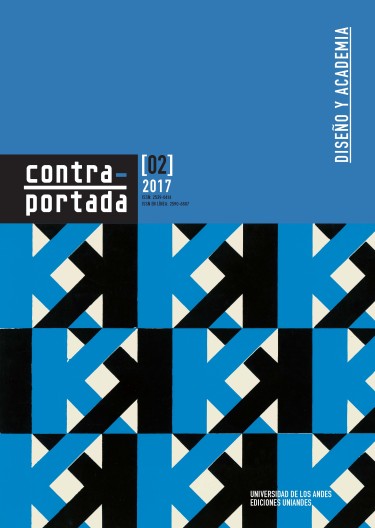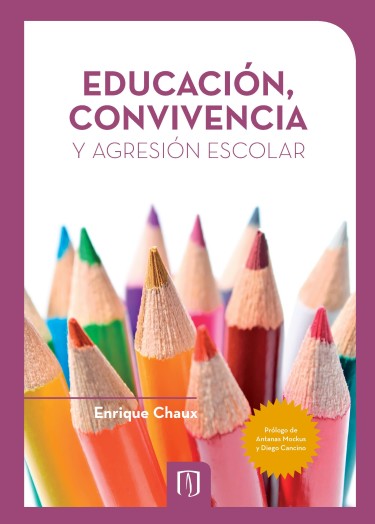¡Celebramos el Mes del Abogado! ⚖️ 20% dcto en libros impresos y 10% en ebooks de Derecho. Válido hasta el 5 de julio. 👉Explora el catálogo ahora

Effect of Pigments on Laser Beam Transmission in Diode Laser Transmission Welding of Poly(propylene)
Disponibilidad de la publicación
A la venta en este portal
Especificaciones por formato:
E-book (PDF)
-
Estado de la publicación:
Activo
Año de edición: 2024
Idioma: Ingles
DOI: Enlace
Los eBooks comprados en este catálogo editorial se acceden mediante vista en línea dentro de este mismo entorno, o, para vista fuera de línea, a través de Scholar App (PC/Mac) y Mōn'k App (iOS/Android). El usuario final no recibirá archivo PDF o EPUB ni por correo ni por descarga.
Welding technologies are state of the art for joining polymer composites, with one of the two joining parts considered laser transmissive (LT) and the other laser absorptive (LA). Pigments are often added to LT to enhance the crystallinity of the polymer matrix. However, pigments lead to internal scattering of the laser beam and the rate of transmission or the laser energy density decreases. Depending upon the type and amount of pigments added in the formulation of LT, the percentage of the laser beam transmitted, absorbed, or scattered differs. Laser welding performance depends on the laser energy available for welding after considering the losses. In the present study, optical transmission of injection molded isotactic polypropylene (iPP) samples were analyzed with a varying dosage of organic pigment (neat PP, 2%, 3%, 4%, 5%, 6%, 8%, and 10%) using a LPKF TMG 3 transmission tester. The device uses a wavelength of 980 nm and simulates the optical radiation conditions of diode laser transmission welding (LTW). The percentage transmission varied with the sample thickness and the composition percentage of pigment. The modified Bouguer-Lambert law described the transmission energy and apparent extinction coefficient. The model was validated with the experimental value of transmittances of the samples with varying sample thicknesses of iPP. There was a decrease in the percentage of laser transmission with an increase in the pigment content of the samples. It was found that the apparent extinction coefficient is a function of the pigment levels.

|
Foram Dave |

|
Mahmood Ali |

|
Mozaffar Mokhtari |

|
Richard Sherlock |

|
Alistair Mcllhagger |

|
David Tormey |
- eBook Gratuito
-
Impreso
$ 20.000
-
eBook (PDF)
$ 27.000
- Impreso bajo demanda Disponible próximamente
-
eBook (PDF)
$ 44.000
-
eBook (PDF)
$ 20.900
-
eBook (EPUB)
$ 27.000
Estudios sobre el Estado y la política en Colombia. La contribución de Francisco Leal Buitrago
AutoresLaura Otero y otros
2016
-
eBook (PDF)
$ 37.900
La materialidad prehispánica: estudio de caso en la Lengüeta, Sierra Nevada de Santa Marta
AutorDaniel Rodriguez Osorio
2017
-
eBook (PDF)
$ 20.000







